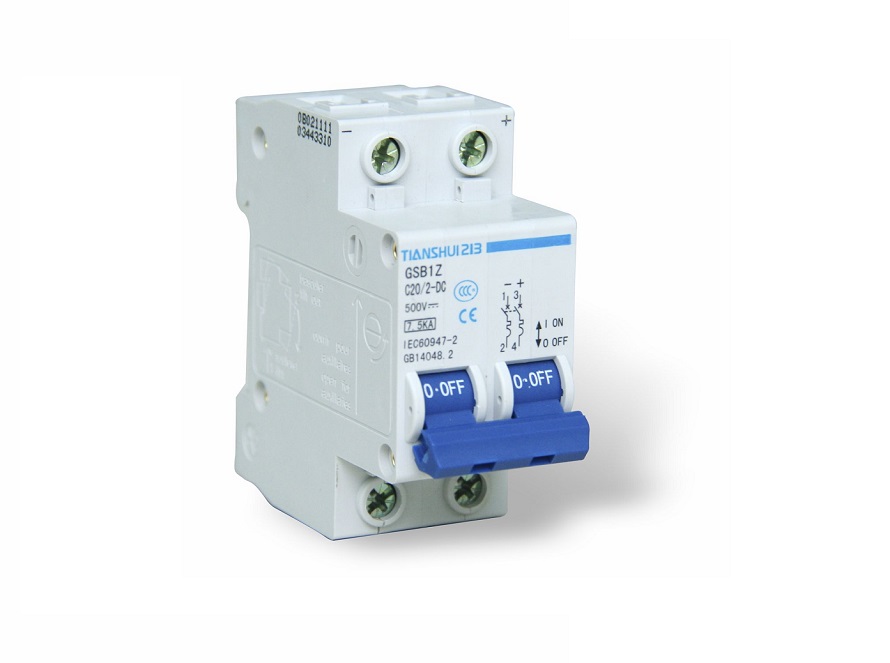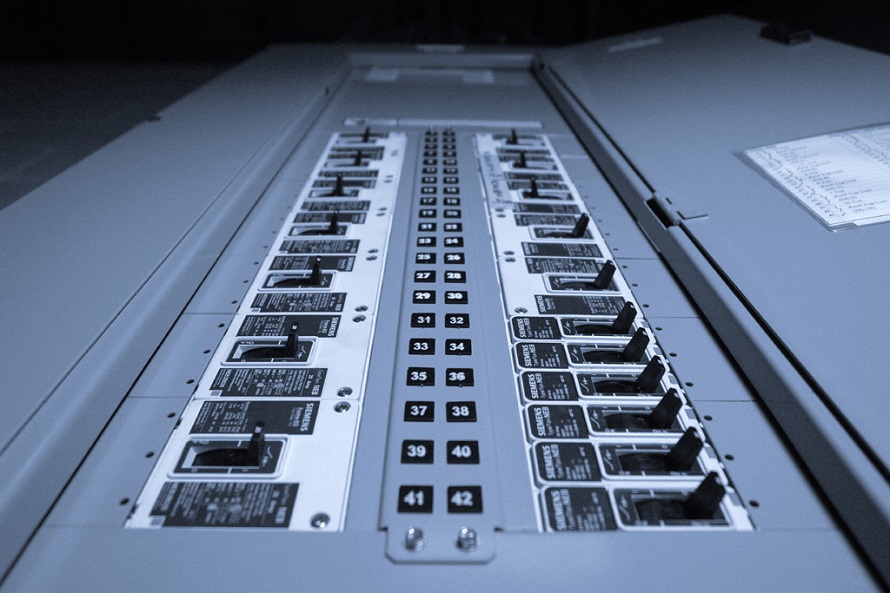Electronics
How Electrical Breakers Work
Imagine the situation: It’s a cold and stormy night. You plug in your electric heater, get under the blanket and just when you’re about to cosy up with a nice movie, you hear an ominous click. Next thing you know, everything goes black. Is it a ghost hunting your electrical system, or even worse, a burglar? Actually, it’s your electrical breaker protecting an overloaded circuit. It’s easy to be spooked out like this, unless you understand how an electrical breaker works.
Before electricity gets to power your home’s appliances, it goes through a circuit breaker box where it’s separated into several circuits for different purposes. There’s a breaker that protects each circuit. Living rooms, bedrooms and bathrooms where only lights and small electrical appliances are being used are usually powered by 15-amp circuits. While power-hungry items like fridges, stoves, irons and other big-watt appliances are normally connected to heavier-duty 20-amp circuits.

All these different circuits function as a system together with the circuit breaker, wires and wire insulation. And that system has its own boundaries. When more current is pushed through the wires they can degrade and even melt. If the wire insulation is damaged, current is no longer confined inside the wires and that’s when electrical shocks and fires start. Luckily, before damage starts to occur, the circuit breaker registers the excess current and trips, stopping the flow of electricity.
Besides an electrical breaker, a device called a fuse can also stop the flow of current whenever it reaches a dangerous level. But the problem with it is that it can work only once. Every time there’s an electricity problem, the fuse melts and you need to buy a new one to replace it. On the other hand, a circuit breaker can be used over and over again. It’s essentially a type of switch, which automatically switches off. By switching it on after you’ve assessed that there’s no risk, the power can start running again. It’s a simple matter of convenience that makes electrical breakers for sale more popular than fuses.
When buying a new house or even purchasing an old one, one of the first orders of business is to set up the electrical system. This means browsing through the many electrical breakers for sale. Houses larger than 185 square meters should use a circuit breaker panel with a 200-amp main breaker; a 150-amp or 100-amp breaker is suitable for mid-sized homes around 90-186 square meters, whereas smaller homes can use as little as 50 amp.
Keep in mind that electricity is not something to meddle with. Inappropriate installations of electrical breakers can have serious, unfortunate results. Therefore, always consult and experienced electrician!












